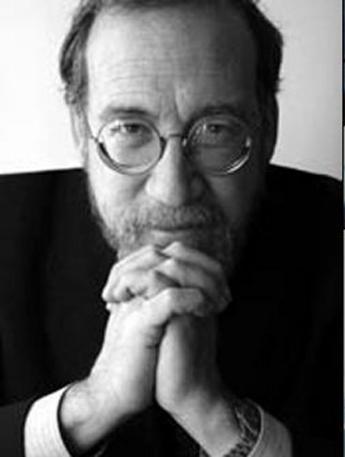Writer Richard Ben Cramer Knew What It Took
By • February 22, 2013 0 582

If it is true that Theodore White invented the campaign book—those dramatic, vivid, action-packed histories of presidential campaigns—with his “Making of the President” series, beginning with the 1960 John Kennedy-Richard Nixon campaign, it may be just as true that Richard Ben Cramer set the standard for such a book and wrote the most exhaustingly detailed one ever.
That would be “What It Takes,” an account of the 1988 campaign in which George H.W. Bush eventually prevailed over Michael Dukakis. The book was more than one thousand pages long and etched in sharp detail the personalities of the men who ran for president that year, including Bush Sr., Bob Dole, Jack Kemp, Dukakis, Pat Robertson, Jesse Jackson, Gary Hart and quite a host of others.
Cramer, whose book came out four years after the fact in time for the next presidential election, was a stalwart of new journalism scribes—many of whom also wrote books—in the sense that his writing tended to be personal, impressionistic, dramatic, leaving no detail unreported. There never was a book like “What it Takes.” White in his “Making of the President” series was soon followed by others and was topped by a group of English journalists whose “An American Melodrama” was a dramatic and passionate account of that very melodramatic 1968 campaign, which featured President Lyndon Johnson’s refusal to run for re-election, the assassinations of Martin Luther King, Jr., and Sen. Robert Kennedy, D-N.Y., the often violent Democratic National Convention in Chicago and the return of Richard Nixon, who prevailed over Vice President Hubert Humphrey by a hair.
The 1988 campaign—complete with oddball candidacies from the fringes of both parties—contained no such dramatics, since neither eventual standard bearers were hard pushed in their quest for the nomination. What it provided for Cramer was a cast of characters noted for their hearty ambition. That’s what intrigued him: why people were attracted to the idea of and believe they should be president.
Today, of course, campaign books are a regular part of the landscape, both in print and on the net and some come out barely weeks after the last vote is counted, as opposed to Cramer’s labor of love that took four years to come out.
Campaigns and politics are tantalizing mirrors to hold up to the idea of the American character. They are pulse-taking and myth-making arenas, almost exactly like the big world of American sports. Cramer sought answers about America in the life and times of Joe DiMaggio, the Yankee Clipper and American sports hero who played hurt, still holds the major league hitting streak record, and made his way into a Simon and Garfunkle song. He also married Marilyn Monroe, America’s great and messed up movie star and sex symbol in the 1950s.
“Joe DiMaggo: The Hero’s Life” was a fine book in many ways, but it a lacked something almost every article and profile and book about the baseball star lacks: DiMaggio’s own voice. He refused to talk with Cramer, leaving a crater-sized hole in the book, which no amount of obsessive detail and mythologizing could fill. The writer had put a profile on Yankees’ star Alex Rodriquez on hold during the summer.
Cramer died Jan. 7 of lung cancer at the age of 62 in Baltimore and lived in Chestertown, Md., with his wife, Joan Cramer, who survives him.

